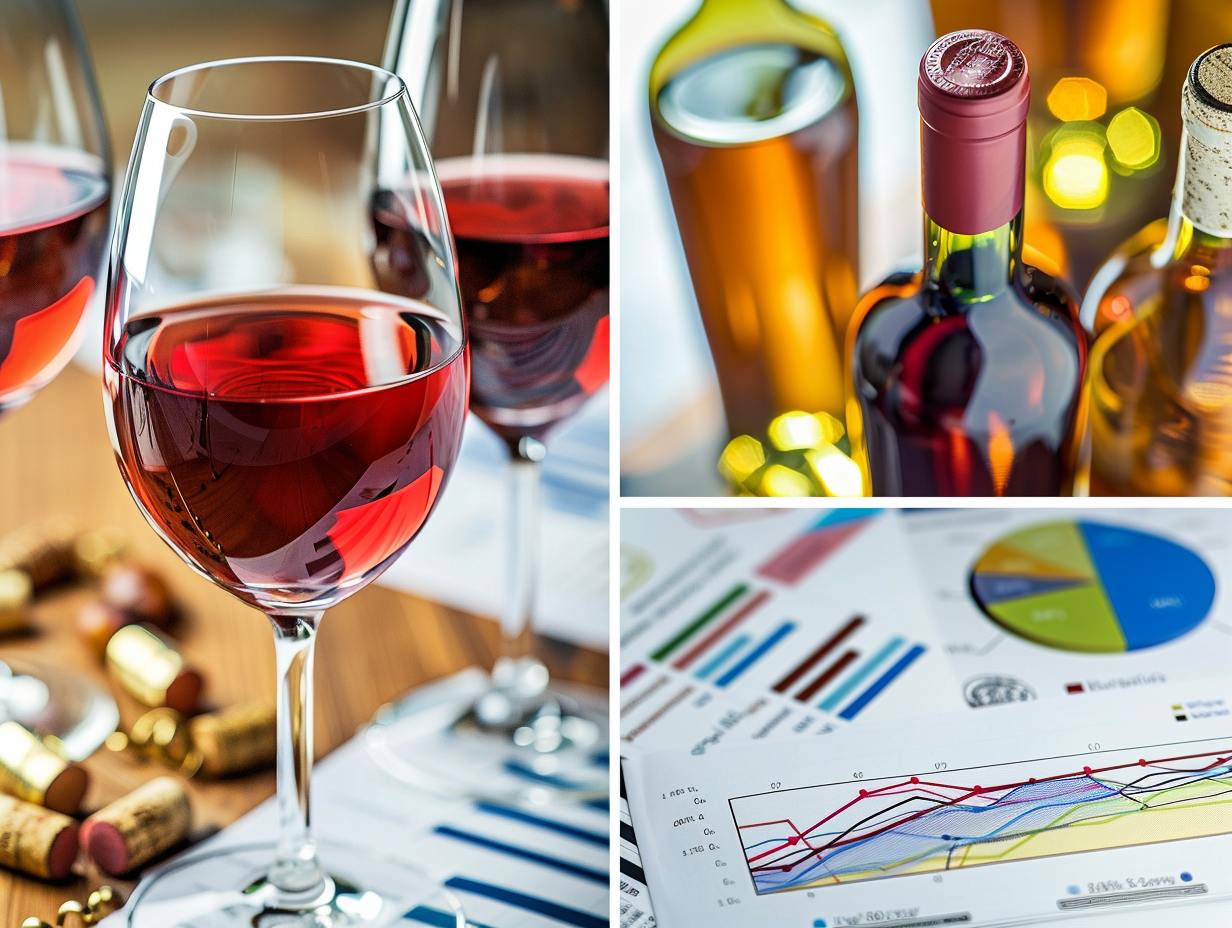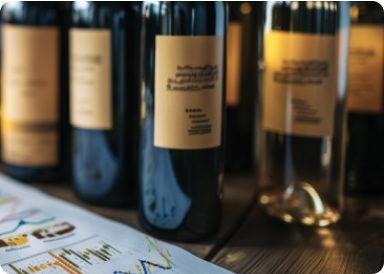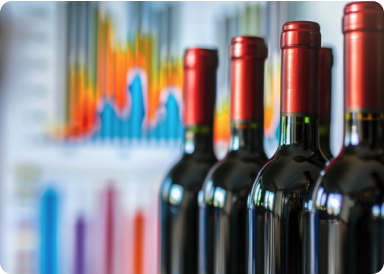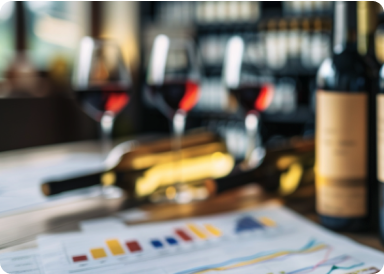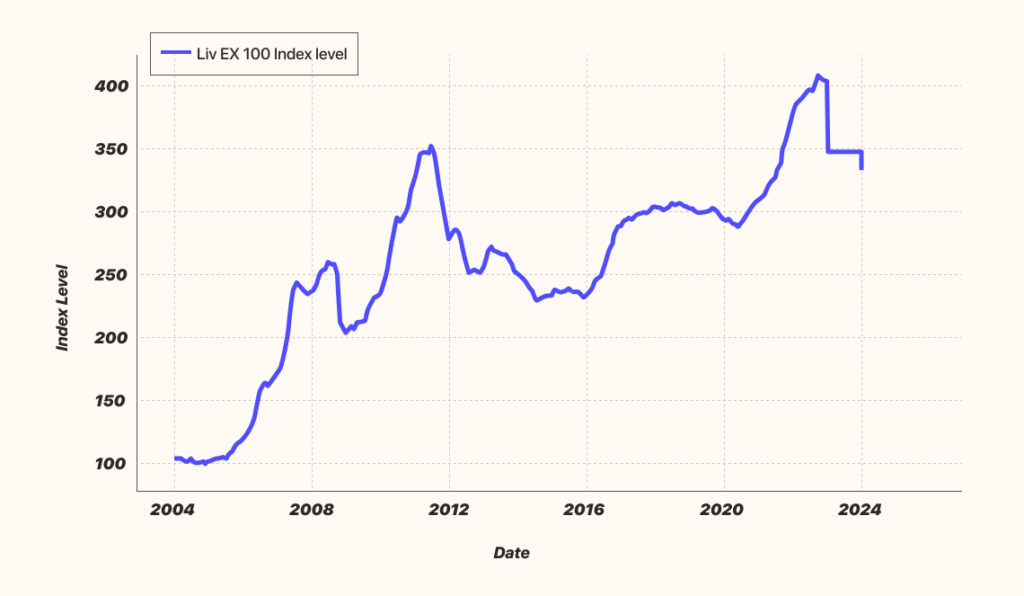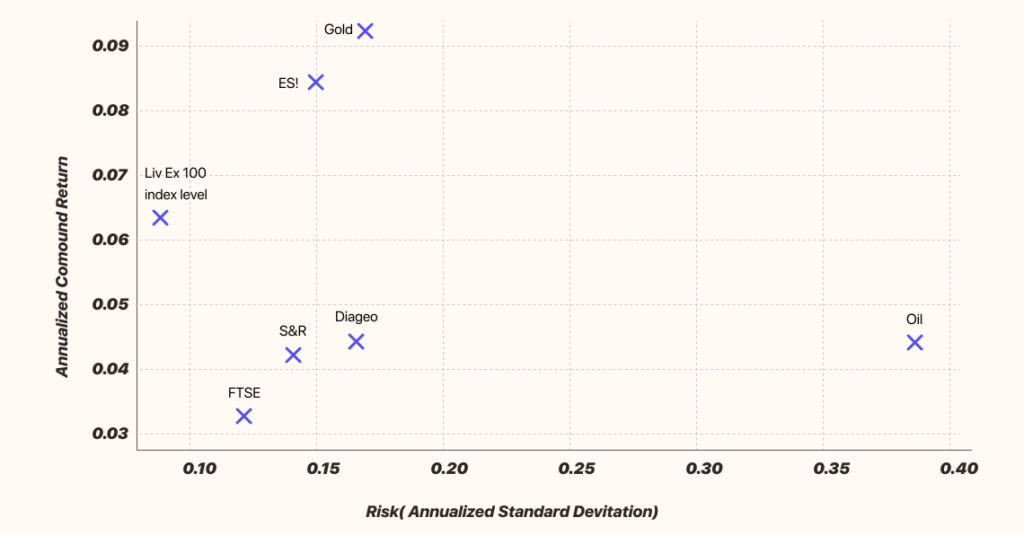International Free Ports, such as those in Moldova, offer unique opportunities for fine wine storage with the benefit of duty and VAT suspension. Here’s how they work and their potential for fine wine storage:
Free Port Operations
- Duty and VAT Suspension: Goods stored in international free ports are exempt from customs duties and VAT until they are moved out of the free port for domestic consumption or resale. This is particularly advantageous for wine investors looking to minimize upfront costs.
- Conversion to Fine Wine Storage: Free ports in Moldova could be converted into specialized wine storage facilities by incorporating the necessary infrastructure—temperature and humidity control, security systems, and bonded storage certification. By doing so, Moldova could position itself as a competitive hub for wine storage, especially for investors looking to store their collections in Europe without the immediate tax burden.
RFID Tagging for Geolocation and Provenance
RFID (Radio Frequency Identification) tagging is a technology that can be effectively used in fine wine storage to enhance provenance tracking and geolocation. Here’s how:
- Geolocation: RFID tags can be attached to each wine bottle, allowing for real-time tracking of its location within the storage facility. This is especially useful for large collections stored in multiple locations, ensuring that each bottle can be easily located when needed.
- Provenance Tracking: The RFID tags can also store detailed information about the wine’s provenance, including its origin, production details, and storage history. This data can be accessed through a digital interface, providing buyers and investors with verified information that adds value to the wine.
- Security: RFID tagging adds an additional layer of security by enabling alerts if a bottle is moved unexpectedly, helping to prevent theft and unauthorized handling.
The Importance of Provenance in Fine Wine Investment
Provenance is a key factor in fine wine investment, as it directly affects the wine’s authenticity, quality, and market value. Here’s why the provenance chain is vital:
- Authenticity: Provenance provides a documented history of the wine, verifying its origin and ensuring that it is genuine. This is particularly important for rare and valuable wines, where forgery can be a significant concern.
- Value Preservation: A clear and verifiable provenance chain enhances the wine’s marketability and price. Buyers are often willing to pay a premium for wines with impeccable provenance.
- Quality Assurance: Proper provenance records ensure that the wine has been stored under optimal conditions throughout its life, preserving its quality and

